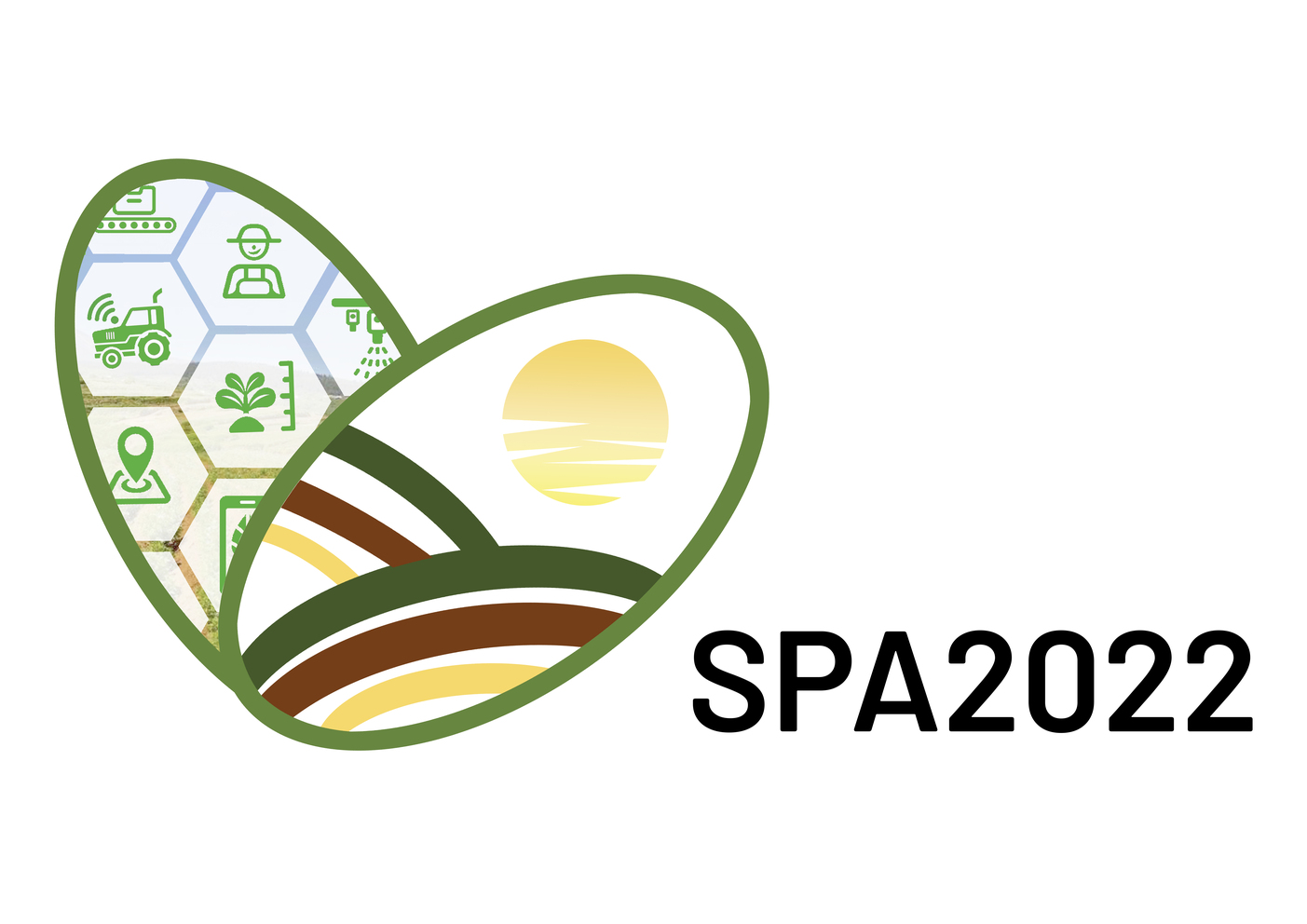Plant phenotyping approaches in biostimulant research and development

Commercial interest in biostimulants as a tool for sustainable green economics and agriculture concepts is on a steep rise, being followed by increasing demand to employ efficient scientific methods to develop new products and understand their mechanisms of action. Biostimulants represent a highly diverse group of agents derived from various natural sources. A critical point nowadays is the evolution of the biostimulant-based products, so they are more focused on complex substances (i.e. seaweed extracts, humic and fulvic acids, animal- and plant-based protein hydrolysates, or formulations that includes microorganisms such as mycorrhizal fungi and rhizospheric bacteria) than on simple natural molecules (i.e. plant hormones or specific amino acids). Thus, the complexity of the new biostimulants due to their natural origin (i.e. seaweeds), the raw material (i.e. animal- and plant-based protein hydrolysates), and/or the preparation procedure needs an indepth study to understand not only their mode of action but also the stability of the batches and viability of the final products. Plant phenotyping has been identified as a beneficial technology for simultaneously testing different batches, extraction processes, and final products, thanks to the high-throughput screening (HTS) approaches. Insight into the possible use of phenotyping approaches for HTS in biostimulant development and a view of how such approaches can be used to describe the effect of plant biostimulant application on traits of interest, pointing to a potential mechanism of action, will be presented.
